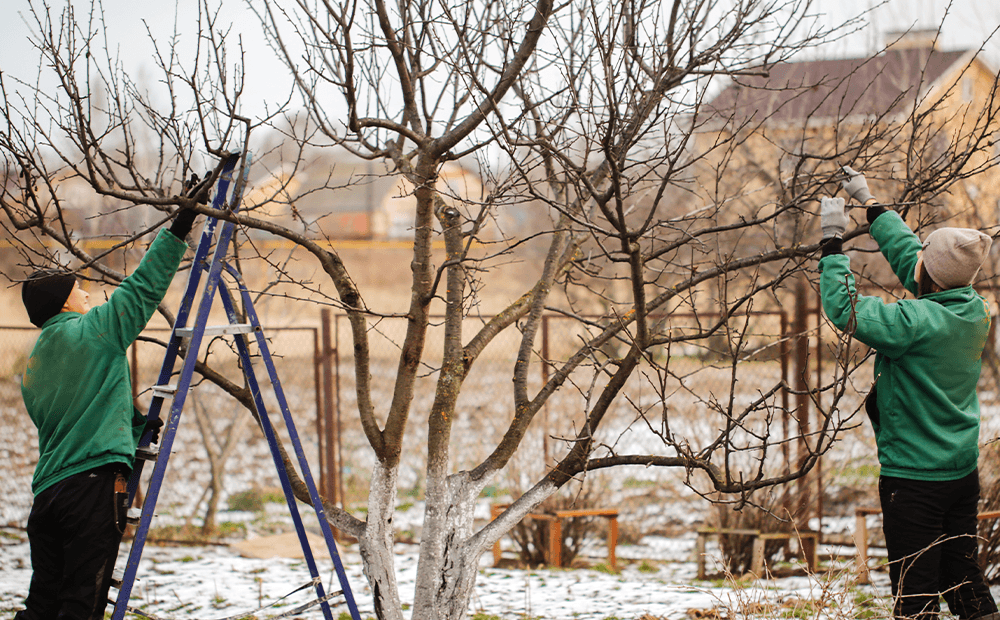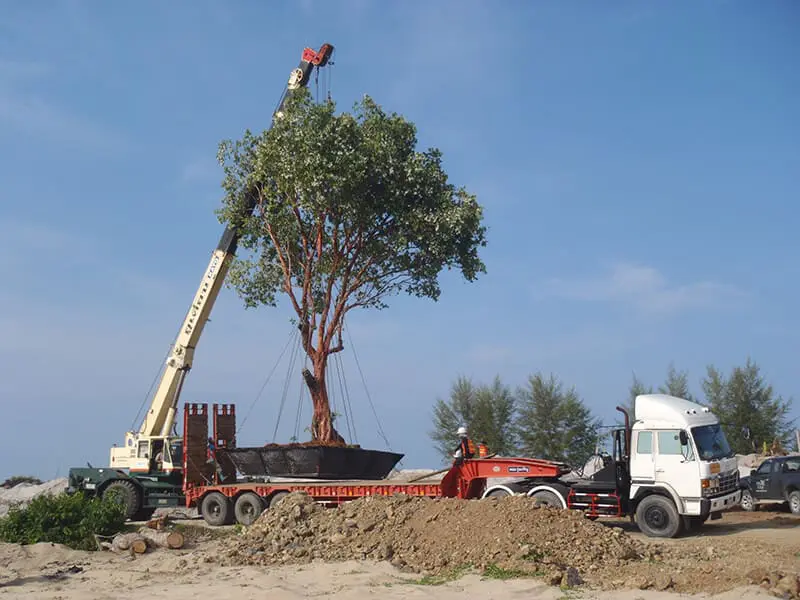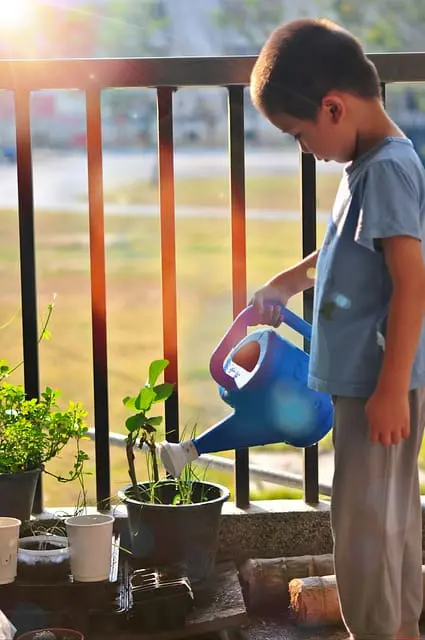Tree Health and Maintenance
Proven Professional Techniques for Tree Pruning and Trimming

I’ve got the inside scoop on the best methods for tree pruning and trimming. Trust me, I’ve seen it all and know what works.
You’ll learn how to choose the right tools, understand tree growth patterns, and remove deadwood like a pro.
Plus, I’ll show you how to control size and shape, and keep your trees healthy and strong.
Get ready to become a tree whisperer with these proven professional techniques.
Selecting the Right Tools
When selecting the right tools for tree pruning and trimming, efficiency should be prioritized over all else. As a professional arborist, I understand the importance of using the correct tools to ensure the job is done effectively and safely.
One of the essential tools for tree pruning and trimming is a quality pair of pruning shears. These shears should have a sharp, bypass blade to make clean cuts without damaging the branches.

Additionally, a pruning saw with a curved blade is useful for cutting thicker branches.
For higher branches, a pole pruner with a telescoping handle can provide the necessary reach.
Lastly, a sturdy ladder is crucial for accessing taller trees.
Understanding Tree Growth Patterns
To understand tree growth patterns, I carefully observe the quantifier determiner of each branch’s size and direction. By analyzing these characteristics, I can gain valuable insights into how a tree is growing and developing. Here are four key factors to consider when studying tree growth patterns:
- Branch length: Longer branches typically indicate strong growth and vitality, while shorter branches may suggest stunted growth or limited resources.
- Branch angle: The angle at which a branch grows from the trunk can impact its strength and stability. Wide angles promote better weight distribution, reducing the risk of breakage.
- Branch spacing: Adequate spacing between branches allows for better light penetration and air circulation, supporting overall tree health and reducing the risk of disease.
- Apical dominance: The primary branch at the top of the tree, known as the leader, exerts control over the growth of other branches. Pruning techniques can help maintain or redirect apical dominance as needed.
Understanding these growth patterns enables me to make informed decisions when pruning and trimming trees, ensuring their long-term health and aesthetics.
Now, let’s delve into the next section about identifying and removing deadwood.
Identifying and Removing Deadwood
I regularly identify and remove deadwood from trees using proven professional techniques. Deadwood refers to branches or parts of a tree that have died, lost their leaves, or become brittle and weak. It’s important to remove deadwood because it poses a safety risk and can become a breeding ground for pests and diseases.

To identify deadwood, I look for signs such as lack of foliage, bark discoloration, and brittle or hollow branches. Once identified, I use pruning tools to carefully remove the deadwood, making clean cuts just above the branch collar. This helps to promote tree health and prevent further decay.
Removing deadwood also improves the aesthetic appeal of the tree and encourages new growth.
Now, let’s move on to the next section, which focuses on controlling tree size and shape.
Controlling Tree Size and Shape
Continuing the focus on tree maintenance, an essential aspect is shaping and controlling the size of the tree. This helps ensure that the tree remains aesthetically pleasing, fits within its surroundings, and maintains a healthy growth pattern.
Here are four proven techniques for controlling tree size and shape:
- Crown Reduction: This technique involves selectively removing branches to reduce the overall height and spread of the tree. It helps maintain the tree’s natural shape while controlling its size.
- Crown Thinning: By selectively removing certain branches, crown thinning reduces the density of the tree’s canopy. This allows more light and air to penetrate through the tree, promoting better growth and preventing disease.
- Crown Raising: This technique involves removing lower branches to create clearance beneath the tree. It’s commonly used to provide space for pedestrians, vehicles, or buildings.
- Pollarding: Pollarding is an extreme pruning technique that involves cutting back the tree’s branches to the main trunk. It’s used to control the size and shape of certain species, such as willows and poplars.
Promoting Health and Vigor
One important way to promote health and vigor in trees is by regularly fertilizing them with a balanced nutrient solution. Fertilizers contain essential elements such as nitrogen, phosphorus, and potassium that are necessary for tree growth and development. These nutrients help to strengthen the tree’s immune system, making it more resistant to diseases and pests.
Additionally, fertilizers provide the necessary fuel for the tree to produce new leaves, flowers, and fruits. However, it’s crucial to apply the right amount of fertilizer at the appropriate time to avoid over-fertilization, which can lead to nutrient imbalances and environmental pollution. Consulting with a professional arborist can ensure that the correct fertilizer and application method are chosen, promoting the tree’s health and vigor while minimizing any negative impact on the environment.


Hello there! I’m Logan Foster, the green-thumbed social media marketer behind the vibrant world of 1800TreeGuy.com. With roots firmly planted in arboriculture, I’ve branched out to help clients cultivate their dream outdoor spaces, one leafy canopy at a time. My knack for nurturing nature is more than a profession—it’s a way of life.
When I’m not talking trees and teaching the art of arboreal care, you can find me cheering on the Bulldogs—my alma mater’s pride and my forever team. My environmental studies there didn’t just teach me about ecosystems; they instilled a lifelong passion for protecting our planet.
Off the clock, I’m an adventurer at heart. Whether it’s trekking the Appalachian trails, pedaling down a mountain path, or crafting guides to share the wonders of the wild, I’m happiest with soil under my nails and the sun on my face. And let’s not forget Yoda, my pug sidekick. He may not have mastered the art of stillness, but his joyful grins are my daily dose of happiness.
I’m all about making connections—between people and the great outdoors and between my clients and their ideal landscape visions. My approach is personal; every tree has a story, and every garden reflects its caretaker.
If you want to green your scene or share in my outdoor escapades, give me a shout on Instagram or Facebook. Let’s cultivate a conversation and grow a community rooted in a love for the lush life.







